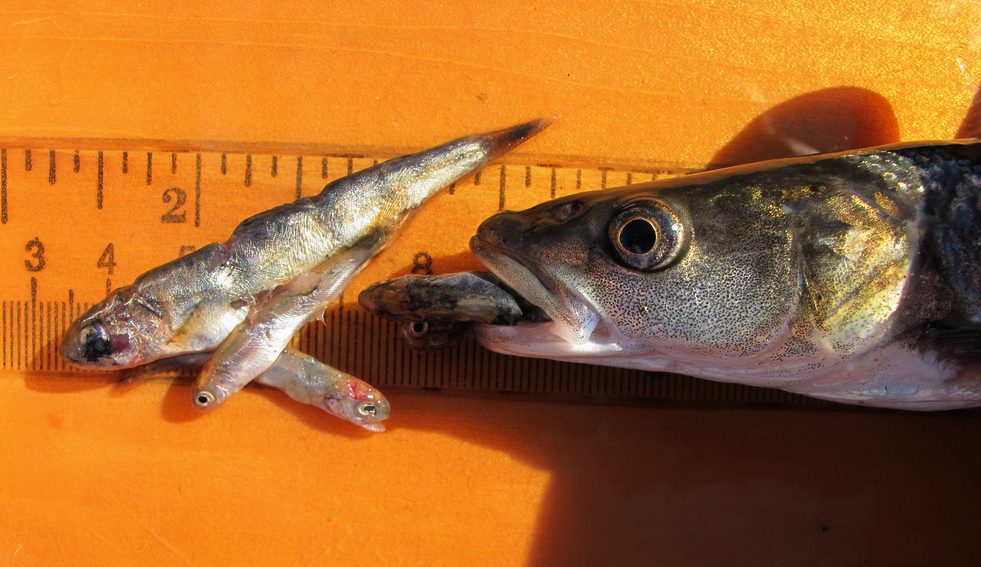Monday August 5, 2013

The role of predation in aquatic ecosystems can be a complex matter, and when it concerns Central Valley salmon and steelhead populations, a contentious one as well. Recently, the California Department of Fish and Wildlife (CDFW) held a two-day workshop in Davis, California, to obtain independent scientific input on the topic of predation from an expert panel. The primary purpose of the workshop, titled “State of the Science Workshop on Fish Predation on Central Valley Salmonids in the Bay-Delta Watershed” was for the panel to evaluate and summarize the current state of knowledge related to predation in the Central Valley. In addition, the panel was charged with developing a strategy for future research to reduce scientific uncertainty related to predation. In mid-September, the panel will issue a formal report that addresses the key questions of the workshop and future research strategies. Invited panel members were professors and researchers from the west coast, but came from as far away as Colorado State University and the University of Georgia. Their areas of expertise included fisheries, quantitative ecology, and hydrodynamic modeling. The CDFW Delta Science Program and NOAA’s National Marine Fisheries Service sponsored the meeting.
The workshop’s morning presentations acquainted both the panel and audience with the key biological, physical, and management aspects of the Bay-Delta system. Afternoon presentations covered more technical aspects of salmonid survival and predation, as well as population modeling efforts related to the Bay-Delta. The presentations were followed by a public comment and question period. A closed session was held during the morning of July 23, in which the panel drafted their initial responses to presentations and documents from the annotated bibliography. The panel presented their initial response during the afternoon session, again followed by a public comment and question period. The formal document that the panel issues in mid-September will address key questions of the workshop and future research strategies.
Key points of the panel’s initial response, while still preliminary, included that predator-prey relationships can be quite complex and rely on many different physical and biological conditions. They also noted that the underlying physical and biological environment of the Bay-Delta system has changed drastically in the past 50 years. Such changes include substantial shifts in community composition in fish, invertebrate, and plant communities in the watershed (Brown and Michniuk 2007), a decrease in overall turbidity, and extensive modification of channel configuration and shallow water habitats-all of which can affect predation dynamics.The panel also acknowledged that key information about predation rates over time and space are currently lacking. The panel concluded their remarks with initial recommendations for moving forward on the topic of predation in the Central Valley. First, they stressed that a clear management plan was needed to develop the type(s) of studies required for important management decisions regarding predation. Additionally, coordination and standardization of methods among fisheries researchers in the Central Valley is needed in order to address common research needs and objectives. As some of our work at FISHBIO focuses on predation (see What’s for dinner?, Last meal), we’ll be sure to keep an eye on this important topic.
This post featured in our weekly e-newsletter, the Fish Report. You can subscribe to the Fish Report here.
